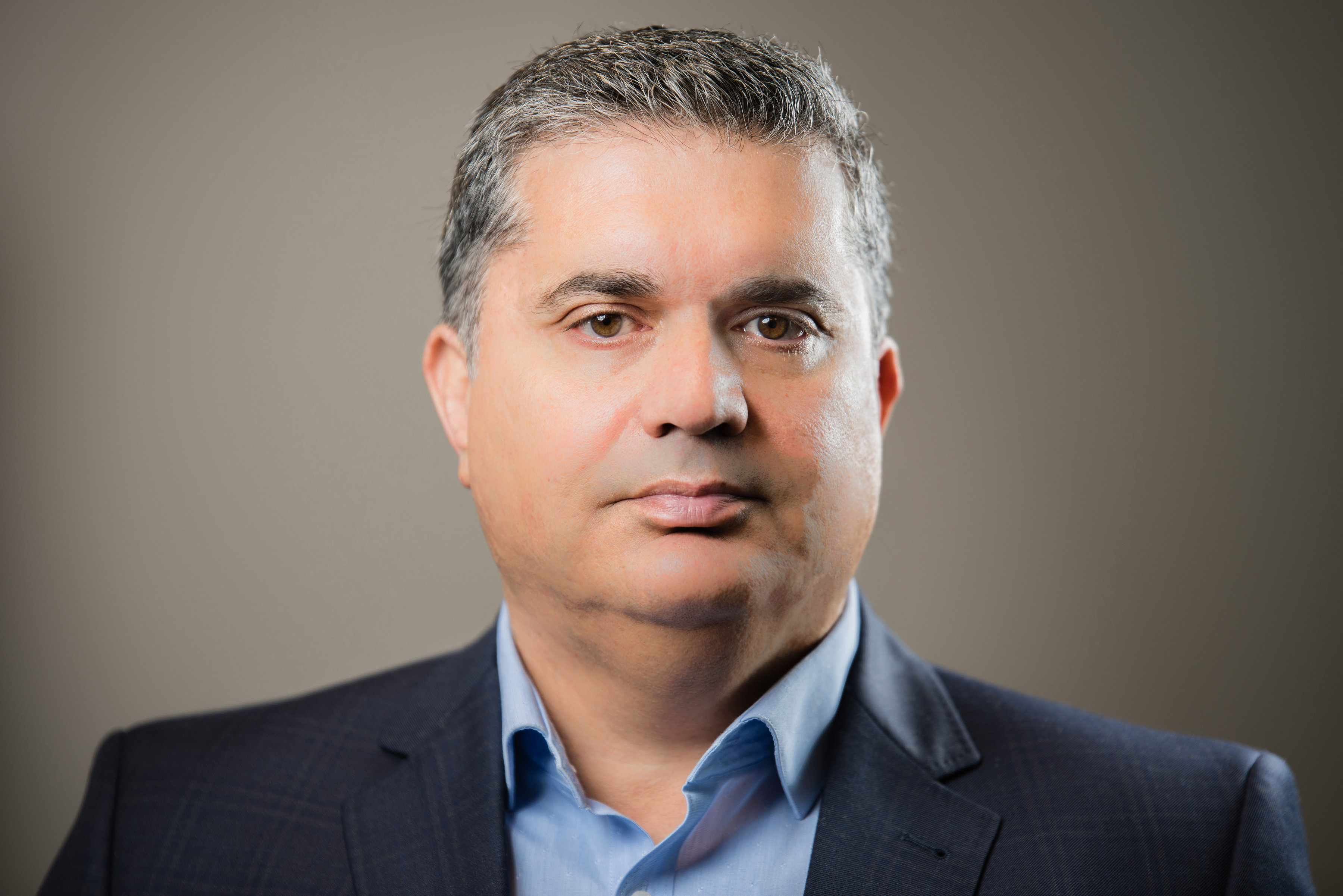CLIENT SUPPORT
+1.905.264.6700

Access your Worldsource account... CLICK HERE
RESP Calculator help you plan....CLICK HERE
Mutual Funds and some Segregated Funds provided by the Fund Companies are offered through Worldsource Financial Management Inc.; other Products and Services are offered through TP Financial Group.
Copyright 2018 - TP Financial Group Inc. Website Disclaimer & Privacy Policy
